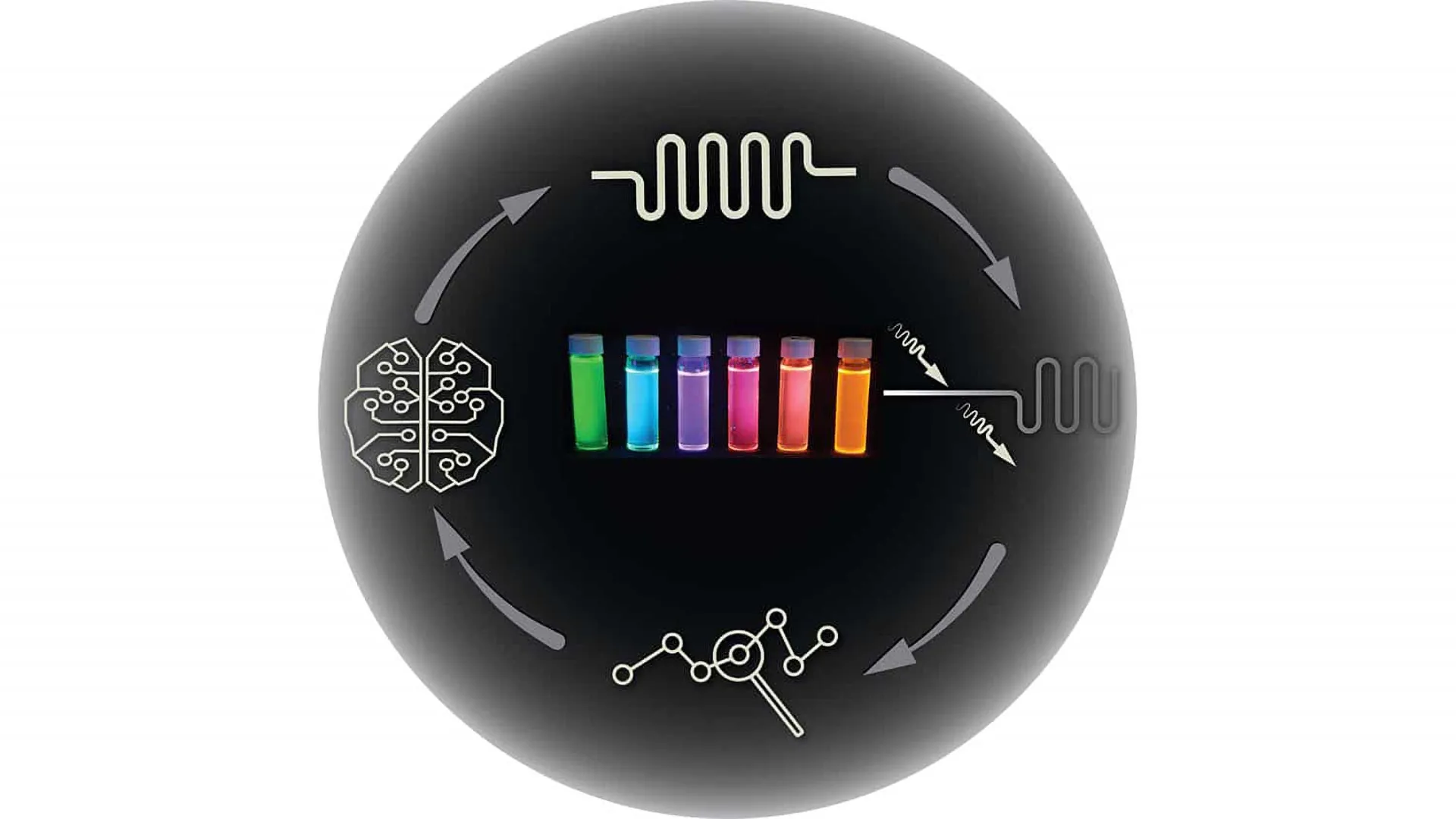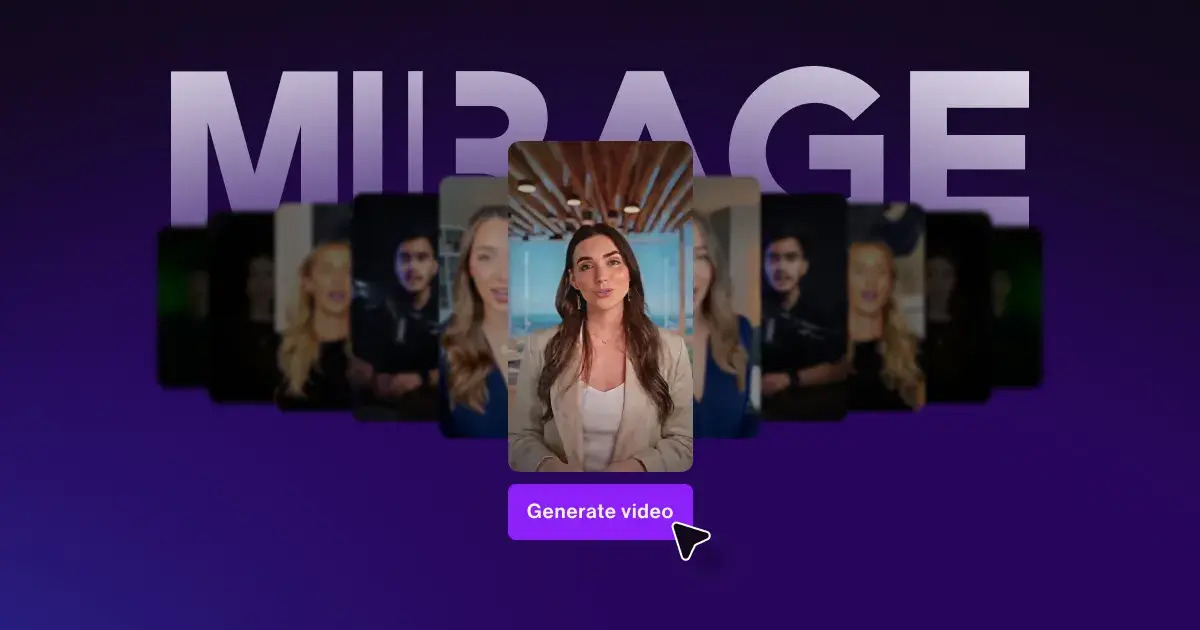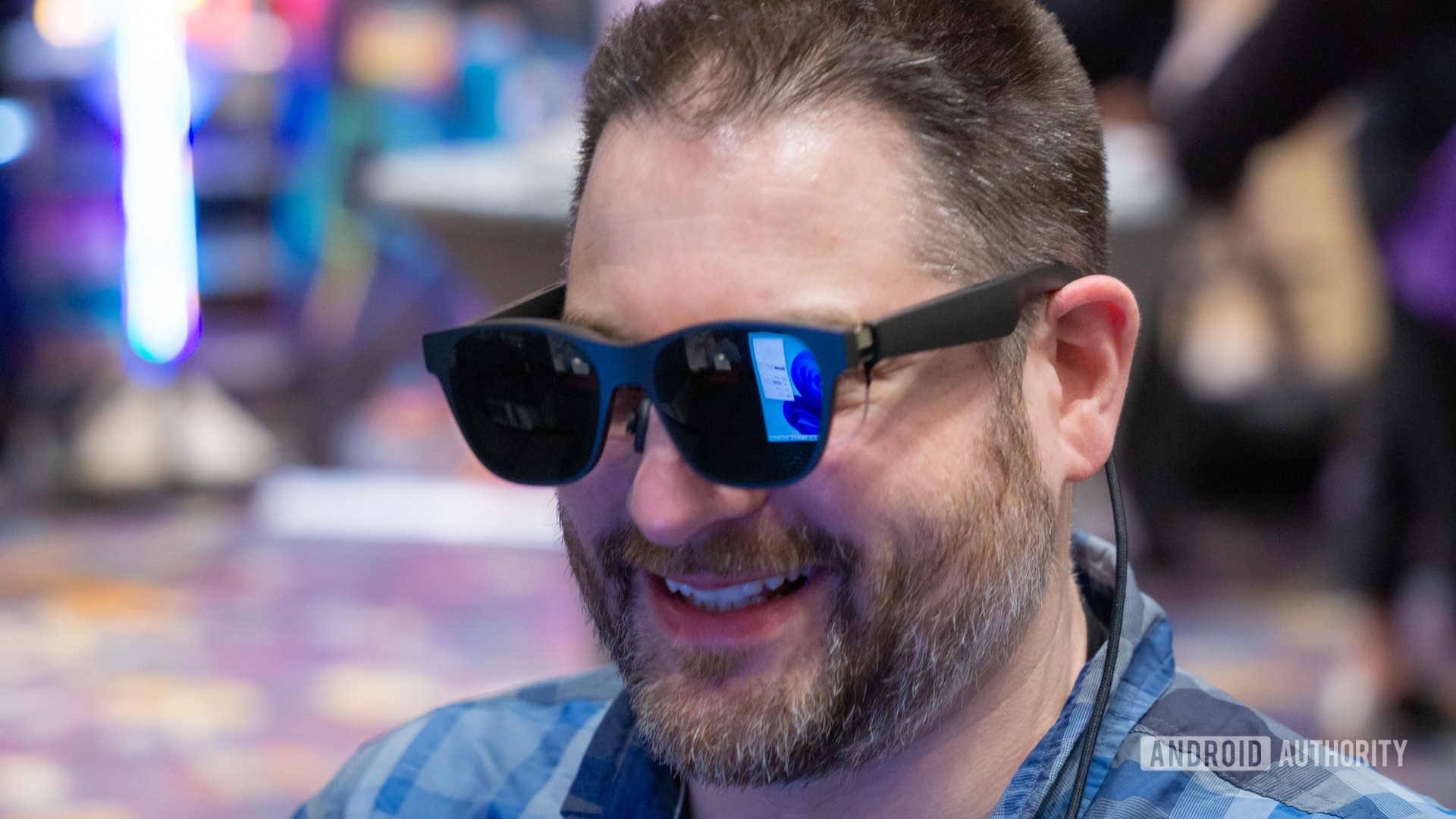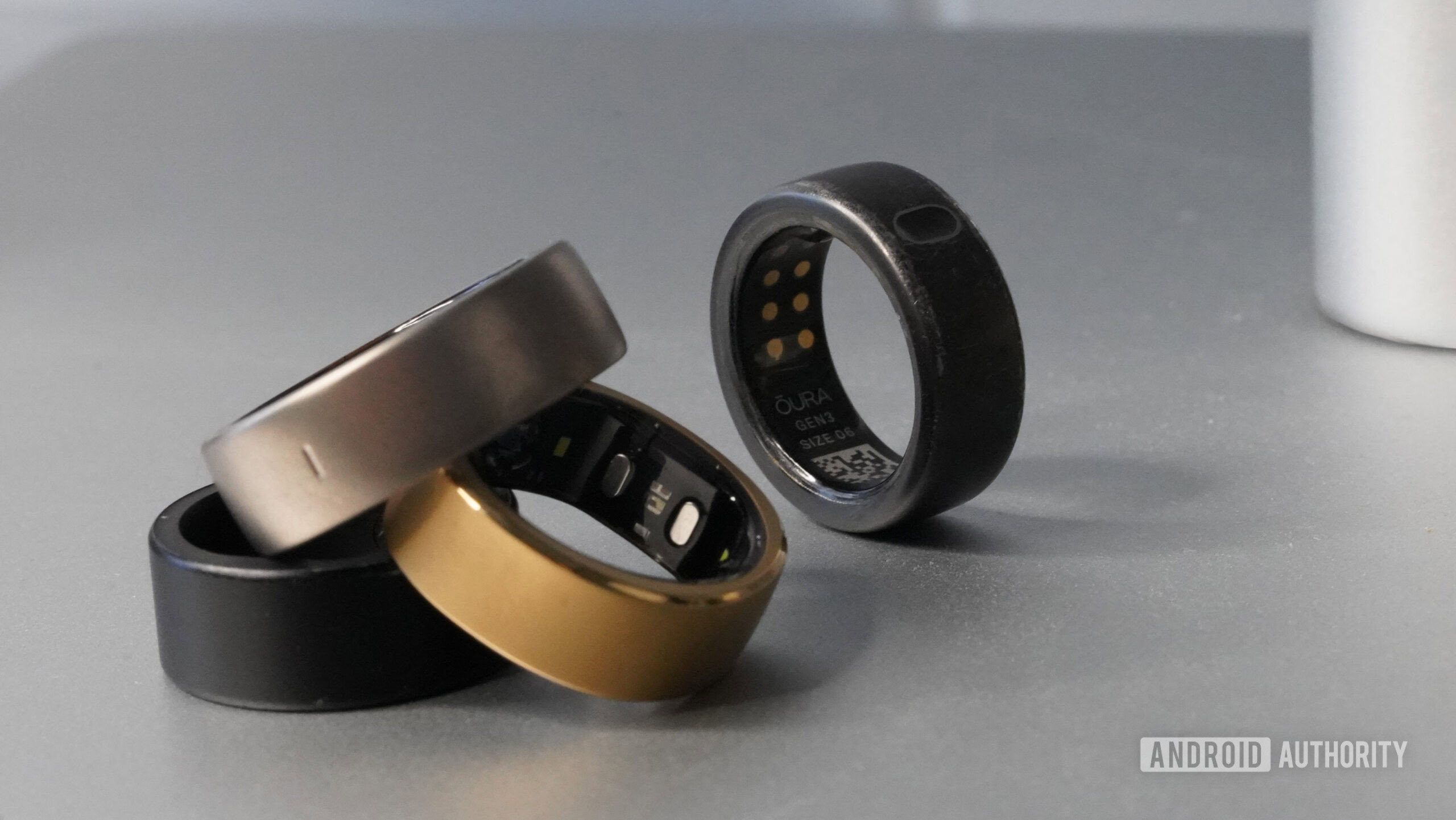- Vision Quest
- Posts
- This Week in Tech 81
This Week in Tech 81
Meta’s Mega AI Bet, TikTok’s AR Goggles, and the Rise of AI Game Engines
Welcome to the cutting edge ⚔️
Read time: 8 min
Today’s Slate
Meta goes giga: Zuckerberg unveils plans for 5GW AI data centers—bigger than cities, and maybe even the competition.
Grok gets romantic: xAI adds flirty AI companions to its chatbot, sparking curiosity and controversy.
Heat becomes power: A new material breaks records by converting waste heat into electricity with unprecedented efficiency.
OpenAI builds Aura: A ChatGPT-powered browser is in the works, aiming to redefine how we search and surf.
ByteDance eyes your face: TikTok’s parent is developing ultra-light AR goggles to rival Apple and Meta.
AI designs a rocket: A generative AI-built aerospike engine passes its first hot fire test—fast-tracking space innovation.
Tesla lands in India: After nearly a decade of teasing, Tesla finally opens its first showroom in Mumbai.
Samsung’s surprise slate: Smart glasses, tri-fold phones, and a new Galaxy Ring may headline Unpacked 2025.
Smart rings go mainstream: From Oura to Samsung, 2025’s best smart rings are sleek, powerful, and ready to replace your watch.
Gaming goes generative: Mirage, a new AI-powered game engine, lets players create worlds and missions in real time.
The. Future. Is. Here.
Artificial Intelligence
At a glance
Meta unveils Hyperion: A new AI data center in Louisiana, expected to scale up to 5 gigawatts—enough to power millions of homes.
Prometheus comes first: A 1 GW supercluster in Ohio will go live in 2026, making Meta one of the first to control AI infrastructure at this scale.
Race for compute: The move follows Meta’s hiring spree of top AI talent and aims to outpace OpenAI, Google, and Anthropic.
Massive footprint: Hyperion’s size could rival Manhattan, with early phases delivering 2 GW by 2030.
Environmental concerns: Past Meta data centers have strained local resources, raising questions about water and energy use.
Our vision
Meta’s AI ambitions are going nuclear—figuratively. With Hyperion and Prometheus, Zuckerberg is betting big on compute as the new oil in the AI arms race. But as these mega-centers rise, so do concerns about their environmental toll. The future of AI might be built in Louisiana, but it’ll need more than just power to win hearts and minds.
At a glance
Grok gets flirty: xAI’s chatbot now features animated AI companions—Ani, a digital waifu, and Rudy, a snarky red panda.
Not safe for work: Ani is designed for romantic interactions, while Rudy delivers sass and sarcasm, both aimed at paid subscribers.
Social media-ready: Each character has its own X profile, complete with bios and teaser content.
More on the way: A male anime companion named Chad is “coming soon,” with others in development.
Controversial timing: The update follows backlash over Grok’s recent antisemitic outputs, raising questions about xAI’s priorities.
Our vision
Grok’s new “companions” blur the line between chatbot and character, diving headfirst into the synthetic intimacy trend. While some may see it as harmless fun, others might wonder if this is the future of AI—or just a distraction from deeper issues. Either way, Grok’s latest update is less about productivity and more about personality.
At a glance
Record-breaking efficiency: Scientists at TU Wien developed a thermoelectric material with a ZT value of 5–6, doubling previous records.
Converts heat to power: The material transforms temperature differences into electricity using the Seebeck effect.
Atomic remix: A thin layer of iron, vanadium, tungsten, and aluminum on silicon shifts into a new atomic structure, boosting performance.
Ideal for small devices: Could power sensors or processors without wires, using ambient heat as an energy source.
Big leap for energy harvesting: The material balances high electrical conductivity with low thermal conductivity—a rare combo.
Our vision
This breakthrough could turn waste heat into a power source for the next generation of electronics. With a ZT value that shatters previous limits, TU Wien’s material might finally make thermoelectric energy practical beyond Mars rovers and lab demos. The future of energy could be hiding in plain heat.
At a glance
Meet Aura: OpenAI is developing a ChatGPT-powered web browser under the codename “Aura,” discovered via internal references.
Perplexity-style search: The browser may blend conversational AI with real-time web results, similar to Perplexity AI’s model.
Built-in assistant: Aura is expected to integrate ChatGPT directly into the browsing experience, offering summaries, suggestions, and contextual help.
Not just a plugin: Unlike current ChatGPT web browsing tools, Aura could be a standalone browser or a major extension of existing ones.
No launch date yet: OpenAI hasn’t officially confirmed the project, but signs point to active development.
Our vision
Aura could be OpenAI’s boldest move yet to redefine how we interact with the web. If it delivers on the promise of a truly conversational browser, it might shift search from keywords to conversations. But with great power comes great UX—let’s hope Aura doesn’t just talk the talk.
At a glance
Real-time game generation: Mirage is the first AI engine to enable live, user-generated content (UGC) gameplay using natural language, keyboard, or controller input.
Fully dynamic worlds: Players can spawn vehicles, reshape cities, or create missions on the fly—no scripting or pre-authored levels required.
Genre-flexible demos: Two playable demos—Urban Chaos (GTA-style) and Coastal Drift (Forza-style)—showcase Mirage’s ability to generate immersive, photorealistic environments in real time.
Built on World Models: Mirage uses a transformer-based diffusion model trained on diverse game data to simulate long, interactive gameplay sequences.
UGC 2.0 vision: The platform aims to redefine gaming by making every experience unique, co-evolving with the player’s actions and imagination.
Our vision
Mirage isn’t just a game engine—it’s a glimpse into the future of play. By turning players into creators and letting AI handle the heavy lifting, Dynamics Lab is rewriting the rules of game design. If UGC 1.0 was about mods and maps, Mirage is UGC 2.0: infinite, interactive, and alive.
Spatial Computing
At a glance
ByteDance enters XR: The TikTok parent company is reportedly developing lightweight AR goggles codenamed Phoenix.
Between Meta and Apple: Phoenix aims to sit between Meta’s Quest and Apple’s Vision Pro in capability—offering digital passthrough and hand/eye tracking.
Featherweight design: At just 100 grams, it’s far lighter than the Vision Pro (650g) or Quest 3 (515g), but likely sacrifices display quality.
No controllers needed: Like Apple’s visionOS, Phoenix may rely entirely on gesture and gaze-based input.
Budget-friendly ambitions: While pricing is unknown, it’s expected to be far cheaper than Apple’s $3,500 headset.
Our vision
ByteDance wants to bring TikTok to your face—literally. With Phoenix, the company is betting that a lighter, cheaper headset with just enough smarts can win over the masses. If it lands, it could do for AR what TikTok did for short-form video: make it addictive, accessible, and everywhere.
Some more Context
Start learning AI in 2025
Keeping up with AI is hard – we get it!
That’s why over 1M professionals read Superhuman AI to stay ahead.
Get daily AI news, tools, and tutorials
Learn new AI skills you can use at work in 3 mins a day
Become 10X more productive
Transportation
At a glance
AI-designed and 3D-printed: Developed by Leap71 and AMCM, the engine was created using generative AI and printed in a copper alloy.
Aerospike breakthrough: The notoriously complex aerospike design allows for efficient thrust at all altitudes—something traditional engines struggle with.
First hot fire success: The engine achieved 5,000 Newtons of thrust using cryogenic liquid oxygen and kerosene.
Rapid development: Leap71’s Noyron AI designed the engine in just weeks, showcasing the speed of AI-driven engineering.
Scalable potential: While not ready for orbit yet, the prototype proves that AI can tackle one of aerospace’s toughest challenges.
Our vision
This isn’t just rocket science—it’s AI rocket science. By cracking the code on aerospike engines, generative AI may have just reignited interest in a design long considered too tricky to build. If this pace keeps up, the next space race might be won by algorithms, not astronauts.
At a glance
Long-awaited launch: Tesla opens its first Indian showroom in Mumbai, nine years after Elon Musk first teased the move in 2016.
Model Y arrives: The showroom features RWD and long-range RWD variants of the Model Y, imported from Shanghai, starting at ₹59.89 lakh (~$68,000).
Limited rollout: Orders are open in Delhi, Gurugram, and Mumbai with deliveries starting Q3 for RWD and Q4 for long-range.
Charging up: Tesla will install four charging stations each in Mumbai and Delhi, including Superchargers and destination chargers.
Expansion plans: A second store is coming to Delhi, and future imports may come from Berlin once an India-EU trade deal is signed.
Our vision
Tesla’s India debut is finally real—but it’s more of a soft launch than a full-speed rollout. With high prices, limited availability, and no local manufacturing (yet), this is a cautious first step into a massive but complex market. Still, for Indian EV fans, it’s a long-overdue spark.
Hardware
At a glance
Project Moohan returns: Samsung’s XR headset, built with Google and Qualcomm, may finally get a full reveal after early hands-on previews.
Smart glasses teased: Lightweight AR glasses are reportedly in development, though details remain scarce.
Tri-fold phone incoming: A Galaxy G Fold with two hinges and three panels could be Samsung’s boldest foldable yet.
Galaxy Ring 2: A follow-up to Samsung’s health-tracking wearable may debut with improved sensors and battery life.
Surprise factor high: With leaks swirling and expectations rising, Samsung could use this Unpacked to flex its innovation muscle.
Our vision
Samsung’s Unpacked events are no strangers to spectacle, but this one could be a turning point. From smart glasses to tri-fold phones, the company seems ready to push boundaries across wearables and XR. If even half these surprises land, Samsung might just steal the spotlight back from Apple and Meta.
At a glance
Oura Ring 4 leads the pack: With a sleeker design, titanium build, and top-tier health tracking, it remains the gold standard—though most features require a subscription.
Samsung Galaxy Ring debuts strong: Lightweight and stylish with Galaxy ecosystem perks, but battery life and tracking accuracy fall short.
RingConn Gen 2 Air wins on value: Offers solid health metrics and no subscription, making it a budget-friendly standout.
Amazfit Helio Ring fits bigger hands: Compact and affordable, but limited sizing and battery life may be deal-breakers.
Smart rings go mainstream: With more brands entering the space, these discreet wearables are becoming serious smartwatch alternatives.
Our vision
Smart rings are no longer niche—they’re the next wave of wearable tech. Whether you want deep health insights or just a sleeker way to track sleep, 2025’s lineup proves there’s a ring for every finger. The only question left: are you ready to ditch the wrist?
How did you like this week's edition? |
Start learning AI in 2025
Everyone talks about AI, but no one has the time to learn it. So, we found the easiest way to learn AI in as little time as possible: The Rundown AI.
It's a free AI newsletter that keeps you up-to-date on the latest AI news, and teaches you how to apply it in just 5 minutes a day.
Plus, complete the quiz after signing up and they’ll recommend the best AI tools, guides, and courses – tailored to your needs.











